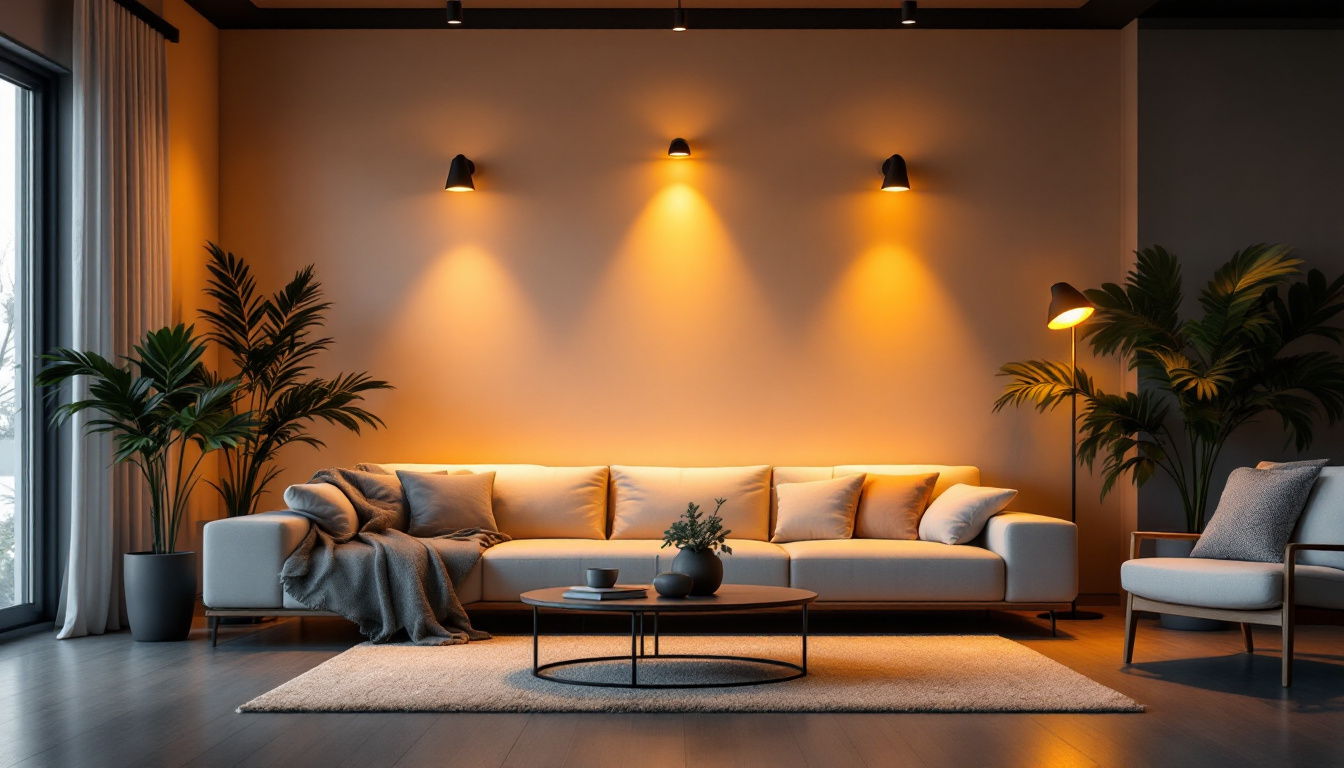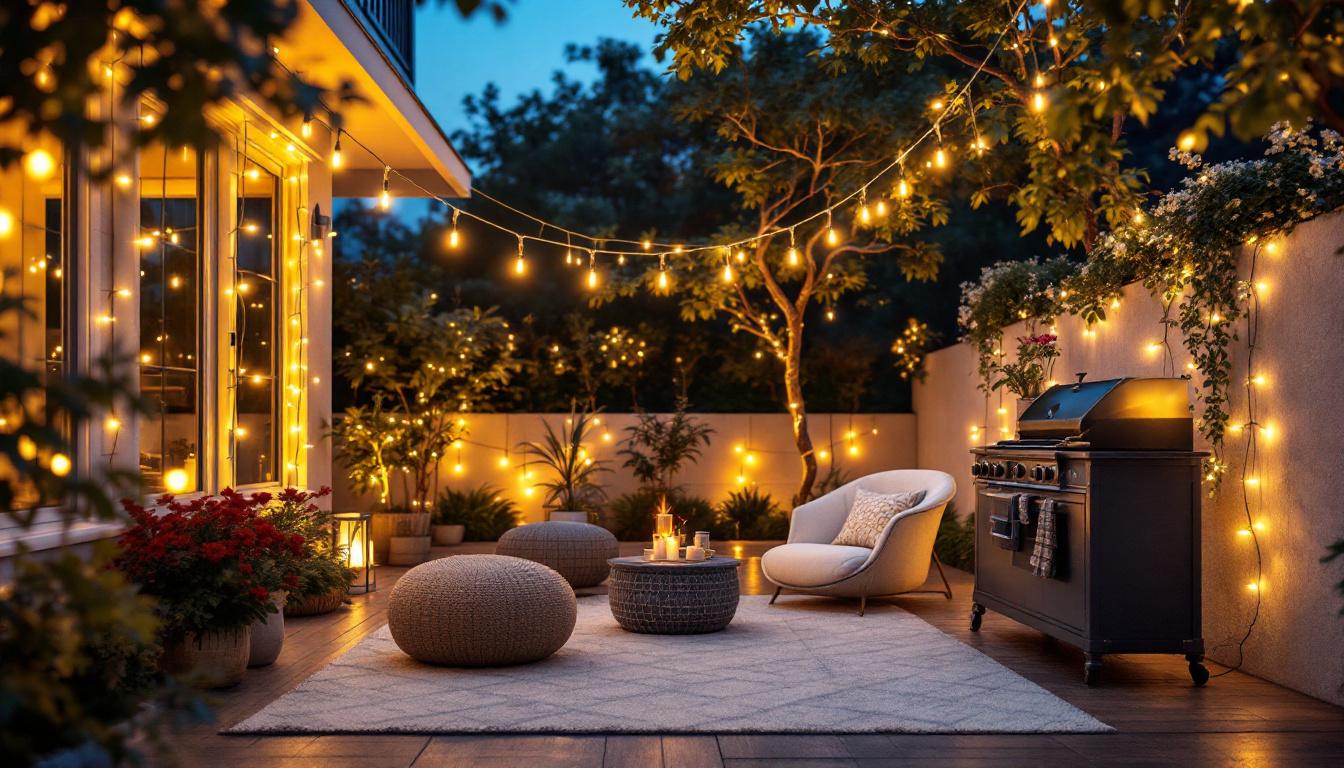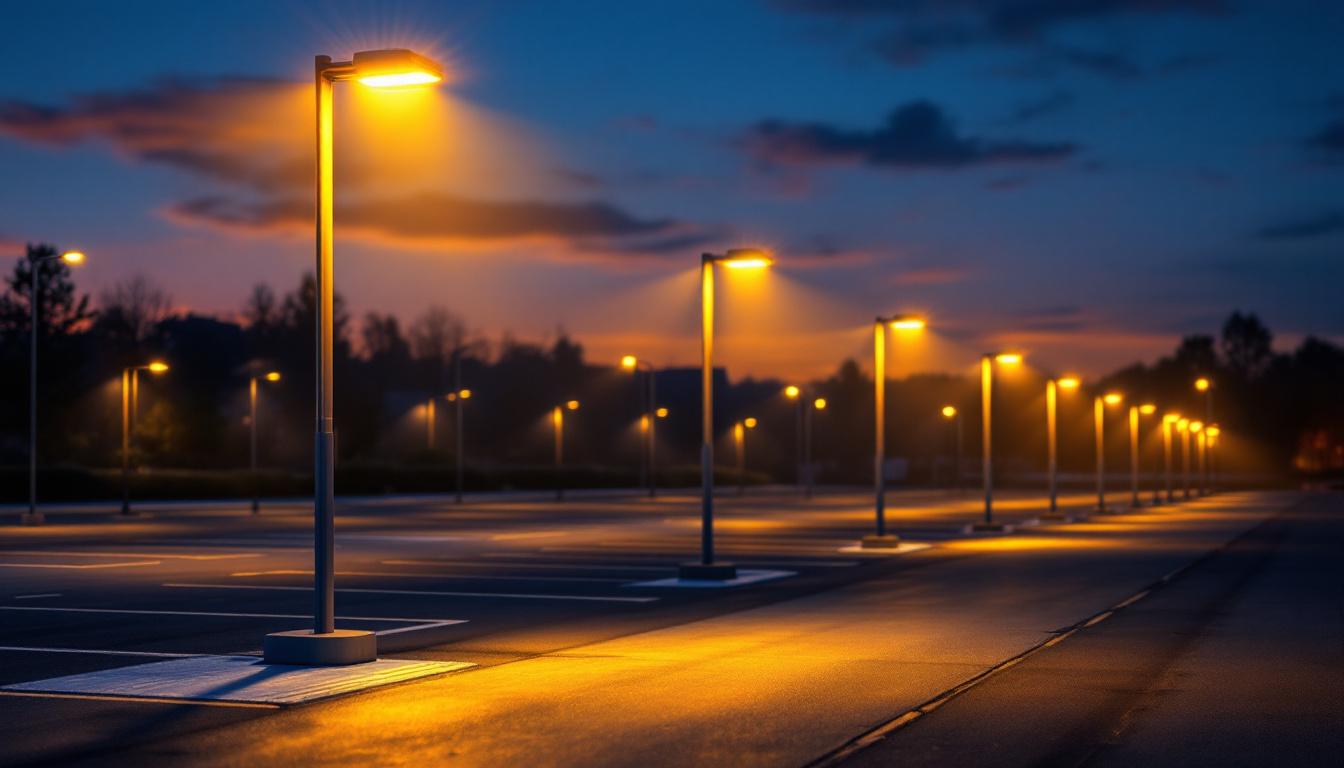
In the world of lighting design and installation, the focus often lies on the aesthetics, functionality, and energy efficiency of the fixtures themselves. However, there are several critical aspects that lighting contractors may overlook, which can significantly impact the overall success of a project. Understanding these elements can lead to better client satisfaction, enhanced performance of the lighting system, and ultimately, a more successful business. This article delves into some of the most commonly overlooked factors in lighting projects.
Color temperature is a crucial aspect of lighting that can dramatically affect the ambiance of a space. It is measured in Kelvin (K) and describes the warmth or coolness of the light emitted by a bulb. Many contractors may choose bulbs based solely on lumens or wattage, neglecting the importance of color temperature.
Color temperature ranges from warm (around 2700K) to cool (up to 6500K). Warm light creates a cozy atmosphere, making it ideal for residential spaces like living rooms and bedrooms. Conversely, cooler light is often preferred in commercial settings, such as offices or retail spaces, where clarity and alertness are essential.
Contractors should take the time to discuss color temperature preferences with clients, as this can significantly influence their satisfaction with the final result. A mismatch between the expected and actual color temperature can lead to disappointment and a sense that the space is not functioning as intended. Additionally, understanding the context of the space is vital; for example, a restaurant may benefit from warm lighting to enhance the dining experience, while a gallery showcasing artwork might require cooler, more neutral tones to accurately represent colors and details.
Research has shown that color temperature can affect mood and productivity. For instance, cooler light can enhance concentration and focus, making it suitable for work environments. On the other hand, warmer tones can promote relaxation, making them ideal for spaces where people unwind. By understanding these nuances, contractors can better tailor their lighting solutions to meet the specific needs of each project.
Moreover, the psychological effects of color temperature extend beyond mere productivity; they can also influence social interactions and overall well-being. For example, studies suggest that warmer lighting can foster a sense of community and connection in social settings, encouraging conversation and engagement among individuals. In contrast, cooler lighting can create a more sterile environment, which may be beneficial for tasks requiring precision but could hinder interpersonal relationships. By strategically selecting color temperatures, contractors can create spaces that not only serve their functional purpose but also enhance the quality of life for those who inhabit them.
Energy efficiency is a hot topic in the lighting industry, yet it is often not given the attention it deserves during the planning phase of a project. While many contractors are aware of the benefits of LED lighting, they may overlook other factors that contribute to a sustainable lighting solution. The importance of energy-efficient lighting extends beyond mere cost savings; it plays a crucial role in reducing carbon footprints and promoting a healthier environment. As energy consumption continues to rise globally, the shift towards sustainable practices in lighting design becomes increasingly vital, not just for compliance with regulations but also for fostering a culture of responsibility among stakeholders.
When selecting fixtures, it is essential to consider not just the type of bulb but also the fixture’s design and materials. Fixtures that are designed to maximize light output while minimizing energy consumption can significantly enhance the overall efficiency of a lighting system. Additionally, using sustainable materials can appeal to environmentally conscious clients and contribute to a project’s green credentials. For instance, fixtures made from recycled metals or sustainably sourced wood not only reduce environmental impact but can also add a unique aesthetic to a space. Furthermore, the longevity of the fixtures should be taken into account; investing in durable products can lead to less frequent replacements, thereby reducing waste and resource consumption over time.
Smart lighting technology is another area that contractors may overlook. Integrating smart controls can provide clients with greater flexibility and control over their lighting systems. Features such as dimming, scheduling, and remote access can enhance user experience and further improve energy efficiency. Educating clients about these options can set a contractor apart from competitors and lead to more satisfied customers. Additionally, smart lighting systems can adapt to the natural light available in a space, adjusting brightness levels accordingly to ensure optimal illumination while conserving energy. This adaptability not only enhances comfort but can also lead to significant reductions in energy costs over time. As the Internet of Things (IoT) continues to evolve, the potential for integrating lighting systems with other smart home technologies presents exciting opportunities for innovation in the industry.
Lighting is not just about illumination; it plays a vital role in the overall design of a space. Contractors often focus on the technical aspects of installation but may neglect how lighting interacts with other design elements.
Effective lighting design involves creating layers of light to enhance the functionality and aesthetics of a space. This can include ambient, task, and accent lighting. Ambient lighting provides overall illumination, task lighting focuses on specific areas, and accent lighting highlights architectural features or artwork.
Contractors should work closely with designers and architects to ensure that the lighting plan complements the overall vision for the space. By considering the interplay of different light sources, contractors can create a more dynamic and engaging environment.
Each area within a space often serves a unique purpose, requiring different lighting solutions. For example, kitchens need bright, focused light for cooking, while bedrooms benefit from softer, warmer tones for relaxation. By assessing the specific needs of each area, contractors can provide tailored solutions that enhance the functionality of the space.
Regulatory compliance is a critical aspect of any lighting project, yet it is frequently overlooked by contractors. Adhering to local codes and standards is essential not only for safety but also for ensuring that the project meets client expectations.
Local building codes often dictate specific requirements for lighting installations, including energy efficiency standards, safety measures, and accessibility guidelines. Contractors must stay informed about these regulations to avoid potential legal issues and ensure that their work meets the necessary standards.
Moreover, understanding these codes can help contractors provide clients with peace of mind, knowing that their lighting systems are compliant and safe. This knowledge can also prevent costly rework or delays in project completion.
The lighting industry is continually evolving, with new technologies and standards emerging regularly. Contractors should make it a priority to stay updated on the latest developments, including advancements in energy efficiency, safety standards, and design trends. This commitment to ongoing education can enhance a contractor’s credibility and expertise in the field.
Effective communication with clients is paramount in any successful project, yet it is often an area where contractors fall short. Educating clients about their options and the implications of their choices can lead to better decision-making and increased satisfaction.
Many clients may not fully understand the differences between various types of lighting, such as incandescent, fluorescent, and LED. Taking the time to explain the pros and cons of each option can help clients make informed decisions that align with their needs and preferences.
Additionally, discussing the long-term benefits of energy-efficient solutions can help clients see the value in investing in higher-quality products. This not only enhances the client’s experience but can also lead to repeat business and referrals.
Setting realistic expectations is crucial in any project. Contractors should communicate clearly about timelines, potential challenges, and the capabilities of the lighting systems being installed. This transparency can help build trust and foster a positive working relationship with clients.
Once a lighting project is complete, the relationship between the contractor and the client should not end. Maintenance and aftercare are essential components of a successful lighting installation, yet they are often overlooked.
Contractors should provide clients with clear maintenance guidelines to ensure the longevity and performance of their lighting systems. This can include information on bulb replacement, cleaning fixtures, and troubleshooting common issues. By equipping clients with this knowledge, contractors can help them maintain their lighting systems effectively.
Offering aftercare services can also set a contractor apart from competitors. This could involve regular check-ins, maintenance services, or upgrades as technology evolves. By demonstrating a commitment to ongoing support, contractors can enhance client satisfaction and foster long-term relationships.
Lighting contractors play a pivotal role in shaping the environments in which people live and work. By paying attention to the often-overlooked aspects of lighting design and installation, contractors can elevate their projects and provide clients with exceptional results. From understanding color temperature and energy efficiency to effective communication and aftercare, these elements are essential for creating successful lighting solutions.
As the industry continues to evolve, staying informed and adaptable will be key to thriving in a competitive market. By embracing these considerations, lighting contractors can enhance their expertise, improve client satisfaction, and ultimately, achieve greater success in their projects.
Ready to take your lighting projects to the next level? At LumenWholesale, we provide lighting contractors with the exceptional quality and value needed to outshine the competition. Our spec-grade lighting products are designed to meet the highest industry standards, ensuring that every installation is not only aesthetically pleasing but also reliable and energy-efficient. Say goodbye to inflated markups and hello to unbeatable wholesale prices, complete with the convenience of free shipping on bulk orders. Elevate your lighting solutions today and discover the best value in wholesale lighting with LumenWholesale.

Discover the essentials of street lighting in just five minutes with this comprehensive guide tailored for lighting contractors.

Discover the benefits of MR16 lights in achieving energy-efficient illumination for your home or office.

Discover the top outdoor string LED lights that every lighting contractor should consider.

Discover essential insights into parking lights with our comprehensive guide tailored for lighting contractors.